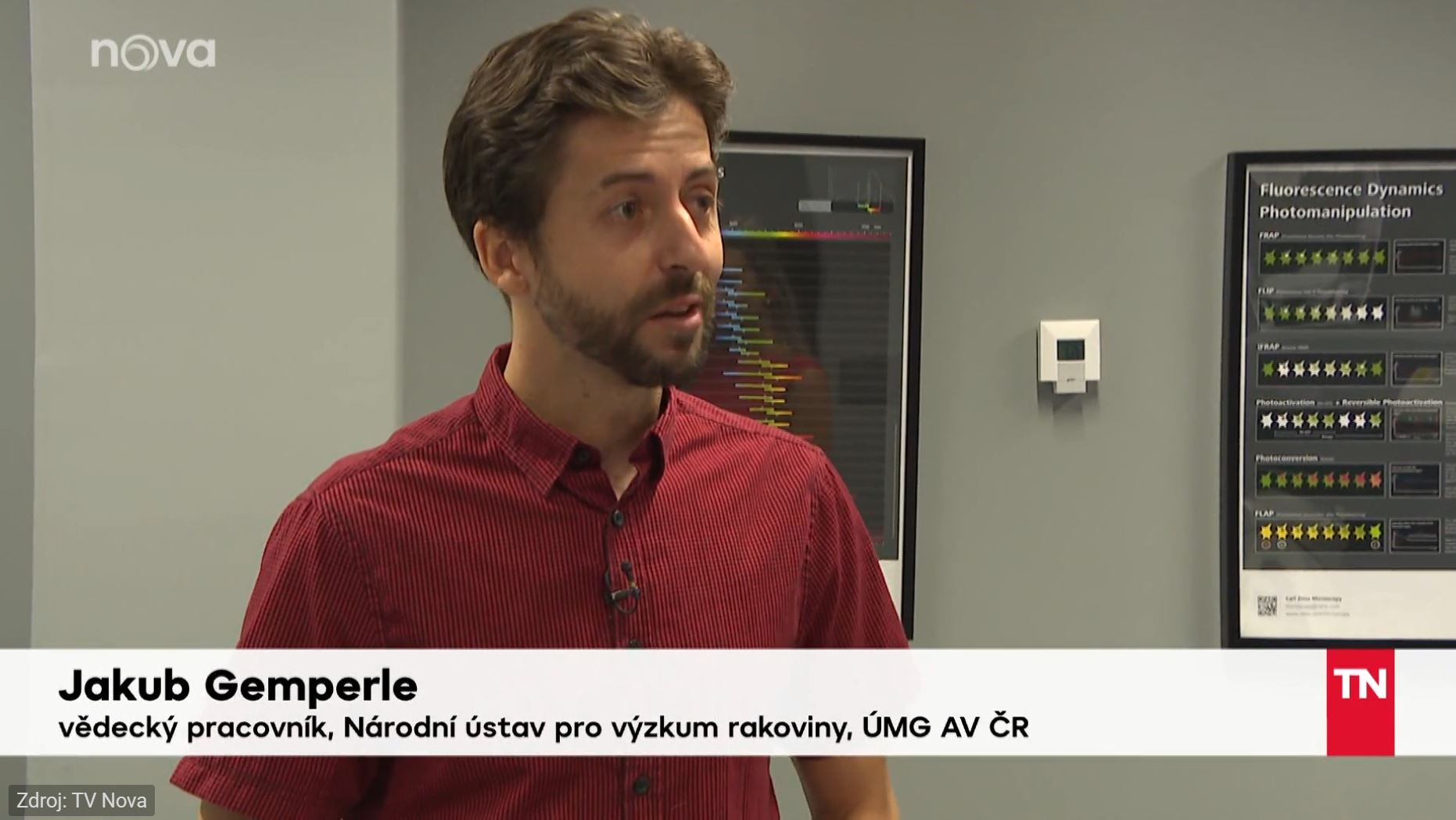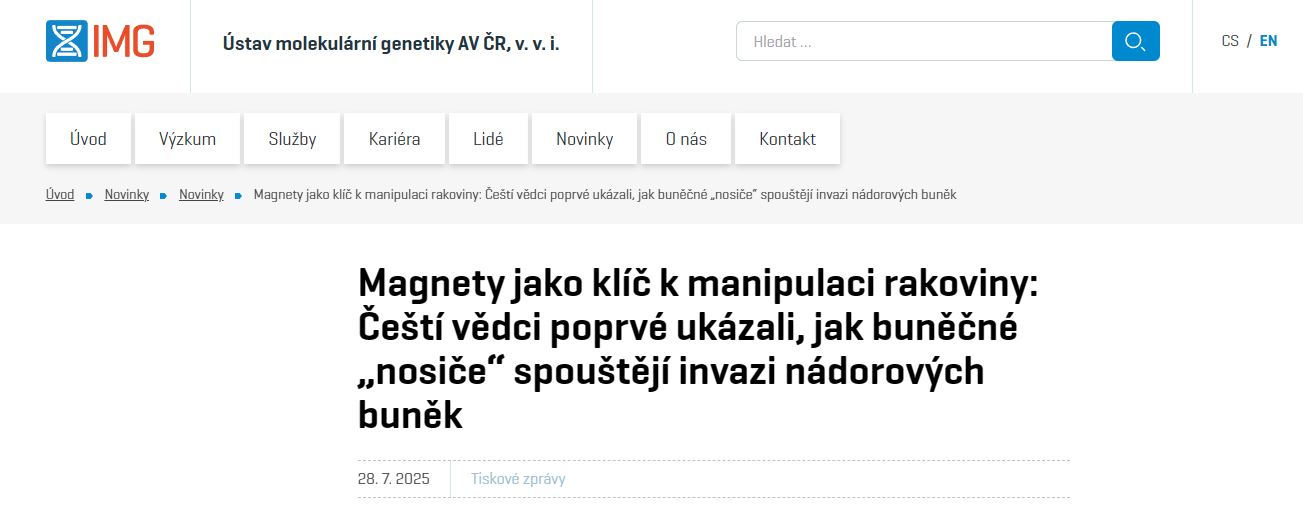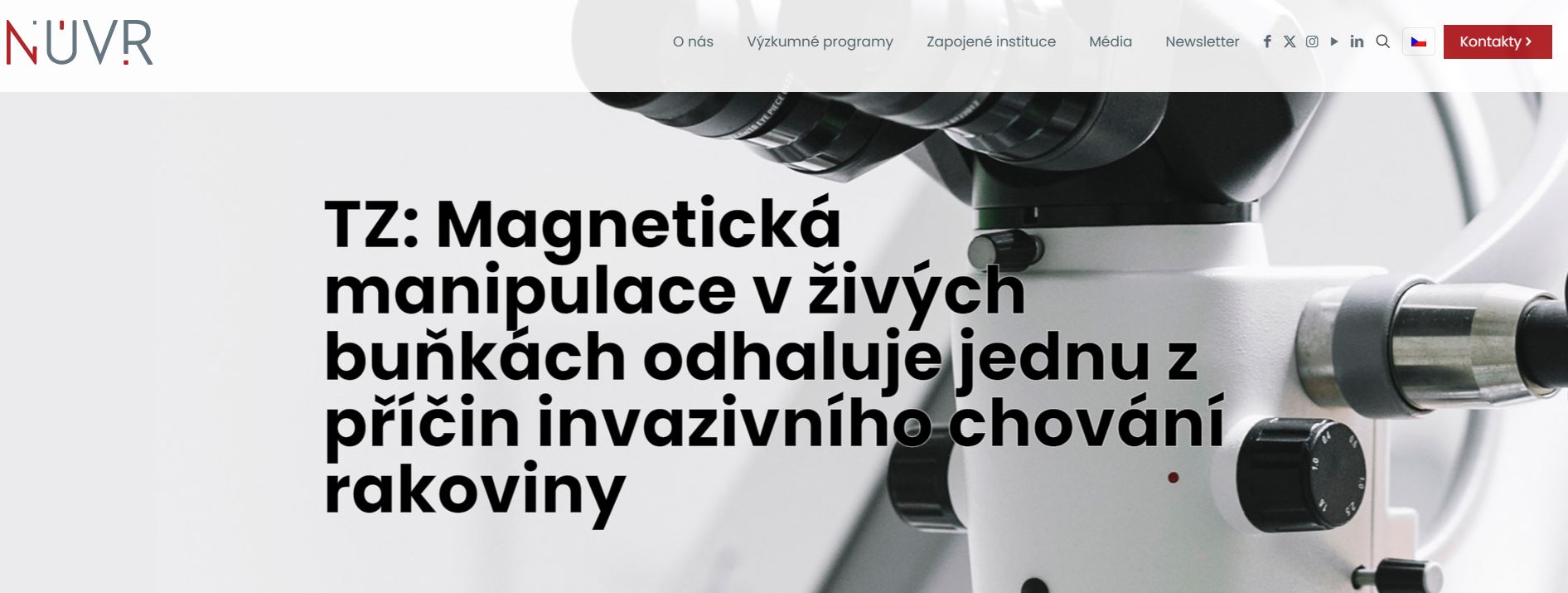Endopos
Endosome positioning in tumour-stroma interactions
Project goal
Endocytosis of cell surface receptors controls signaling during proliferation, differentiation and migration of cells, and plays a significant role in cancer progression. Invasive cancer cells accumulate recycling endosomes (including Rab11) at protrusions. This promotes the delivery of integrins, receptors for extracellular matrix, to regulate interactions between tumour cells and their surroundings, and coordinates actin polymerization through Rho family GTPases. The Rab11 family is particularly important in determining the aggressiveness of high-grade serous ovarian carcinoma (HGSOC). Despite its importance, the machinery that guides Rab11 trafficking and the functions of polarized trafficking are not clear in HGSOC. I aim to determine how recycling endosomes are positioned within HGSOC cells invading extracellular matrix, using BioID-based proteomics (a proximity labelling approach well established in the host lab) to identify the Rab11-associated machinery in HGSOC cells. I further aim to actively manipulate the dynamics of Rab11 positive endosomes in invading cells by developing a magnetogenetic approach to reposition endosomes in live cells, using a combination of my developed skills (including live imaging, protein and CRISPR engineering). Both cutting-edge methods will be applied in the most physiological and cancer relevant context to lend clinical relevance to our observations. Combining these innovative approaches will provide molecular detail and mechanistic insight to elucidate how localised endocytic trafficking controls tumour-stroma interactions in the metastatic niche and contributes to HGSOC lethality. This work will further provide targets for therapies aimed at suppressing metastasis and preventing relapse in HGSOC, a lethal form of ovarian cancer that has one of the worst survival rates (<40% 5-year survival).
Key techniques:
- BioID = protein proximity labeling
- CRISPR based knock ins
- spatiotemporal control of protein localization inside living cells = Magnetogenetics

Social outreach:
https://www.instagram.com/reel/DL3O9AAiOcQ/?igsh=bGo3YXh3MDJtZTdx
https://prelights.biologists.com/prelists/november-in-preprints-the-cellbio-edition/
https://x.com/GemperleJakub/status/1724479407404814643
https://x.com/GemperleJakub/status/1852433110488805400
https://x.com/GemperleJakub/status/1856115176581263360
https://x.com/integrintraffic/status/1673639507864829953
https://x.com/GemperleJakub/status/1537544672184307719
https://web-cdn.bsky.app/profile/gregorlab.bsky.social/post/3ltetnzui7s2f
https://x.com/GemperleJakub/status/1856115176581263360
Our efforts to magnetogenetically control protein functions inside cells and endogenously tagged Rab11 vesicles led to these publications:
- *Kappen, M., #Gemperle, J., Secret E., Flesch J.,, Caswell P., Coppey M., Dahan M., Menager C, #Liße D., #Piehler J.,(2024). Biofunctional coating of synthetic magnetic nanoparticles enables magnetogenetic control of protein functions inside cells. bioRxiv. https://doi.org/10.1101/2024.10.31.621314
- *#Gemperle, J., Liße D., Kappen, M.,Secret E., Coppey M., Gregor M., Menager C., #Piehler, #Caswell P. (2025). Live cell magnetic micromanipulation of recycling endosomes reveals their direct on actin-based protrusions to promote invasive migration. Sci. Adv. 11, eadu6361. https://www.science.org/doi/full/10.1126/sciadv.adu6361
Our finding challenges the previous hypothesis that endosomes primarily facilitate cargo placement to support protrusion formation/ cell migration. Instead, we provide evidence of their direct role in protrusion initiation.
Our approach opens new avenues for future research in endosomal trafficking and the cytoskeletal field, enabling the exploration of causal relationships previously inaccessible with conventional methods.
Movie example:
https://figshare.com/articles/media/Supplementary_movies_S1-S22/22155083?file=50342667
Summary below:

- *#Gemperle, J., Harrison, T., Flett, C., Adamson, A. D. and #Caswell, P. T. (2022). On demand expression control of endogenous genes with DExCon, DExogron and LUXon reveals differential dynamics of Rab11 family members. elife https://doi.org/10.7554/eLife.76651
eLife Editor's evaluation:
Here the authors present a genome editing strategy that enables blocking and tetracycline-controlled, re-expression of fluorescently-tagged genes from endogenous loci. The authors combine this with a photoactivatable, tet-on/off system, a knocksideways approach, and the auxin-inducible degron system to improve spatial and temporal control of gene expression. These powerful tools are used to evaluate the localization, function and protein-expression dynamics of the Rab11 family of small GTPases.
Graphical abstract below:

Our efforts to identify and compare the physiological protein complexes recruited by Rab4a, Rab11a and Rab25 using a proximity labelling approach (=BioID) led to this publication:
- *Wilson, B., *Flett C., Gemperle, J., Lawless, C., Flett, C., Hartshorn, M., Hinde, E., Harrison, T., Chastney, M., Taylor, S., Allen, J., Norman J., Zacharchenko T., #Caswell, P., (2022) Proximity labelling identifies pro-migratory endocytic recycling cargo and machinery of the Rab4 and Rab11 families, J Cell Sci jcs https://doi.org/10.1242/jcs.260468
Graphical abstract below:

Public engagement
Acknowledgement
This project has received funding from the European Union's Horizon 2020 research and innovation programme under grant agreement No. 836212 [ENDOPOS]







